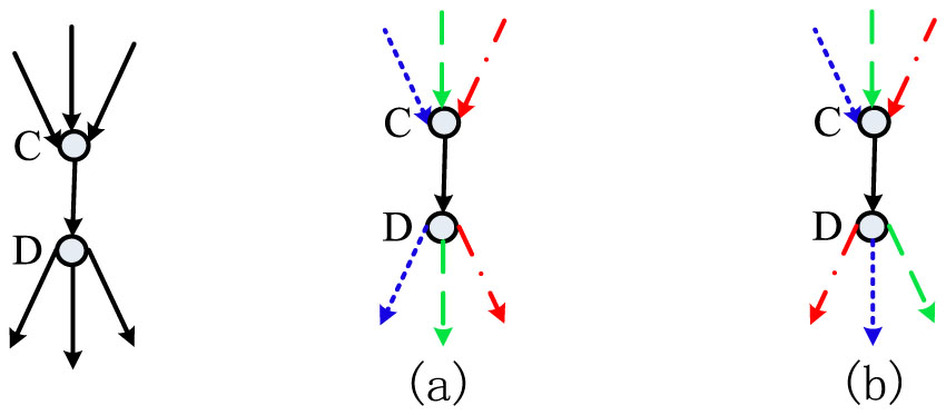 A paper on quantum communication has been retracted for failing to address several important problems, making the conclusions invalid.
A paper on quantum communication has been retracted for failing to address several important problems, making the conclusions invalid.
Quantum communication involves sending a series of photons in specific quantum states over fiberoptic cables. It’s a little like the 1s and 0s of traditional computing, but much more secure. If the photons are intercepted on their way to the intended target, the quantum states will change, and the recipients can know their information was accessed by other parties. This is especially interesting to governments with a lot of secret information to transmit: both China and the U.S. have programs to develop these networks.
The retracted paper was a discussion of how to efficiently send lots of quantum information from different sources through the same fiberoptic cables at once.
Here’s the notice for “Efficient Quantum Transmission in Multiple-Source Networks”:
The authors wish to retract this Article because the main improvements reported are invalid.
- The paper has not considered how to route quantum information. This is an essential problem in classical network communication such as TCP/IP.
- In the presented quantum network, the quantum address or quantum IP address representation for each quantum node has not been designed. In this point of view, different quantum signals going into one common quantum channel cannot be distinguished for their different goal addresses.
- The synchronizations of the oscillators are only useful when different quantum signals may be distinguished. From (3), they cannot be completed for quantum network. For an example, see the following figure, there are three incoming edges and three outcoming edges. The synchronizations of the oscillators may be false if the nodes C and D do not know the outcoming paths of three incoming quantum signals. For an example, our synchronizations are shown in Figure 1a while the real paths may be those shown in Figure 1b. Even if one can synchronize them before the transmission, the transmission goals may be different in each time.
We reached out to both the journal and the authors, and will update if we hear anything.
Hat tip: Rolf Degen

This is a really bizarre retraction. It seems as if the peer review was completed after the paper was published. How come these errors were not detected during peer review? Or did the authors reach this conclusion after the paper had been published? If so, how soon after? And why does a paper have to be retracted if a theory disproves a previous theory? Is this is not classical science where one discovery is made at point X in time and then disproved, on occasion, at point X+Y in time? I sense some crucial information is missing.
Why is this so bizarre? after the paper was published, the authors realized there was a fatal flaw in their arguments. Retraction is the only course of action. It is not the same as a paper being correct at the time of publishing and becoming incorrect or obsolete after further developments in the field.
Agreed. Point #1, in particular, sounds exactly like a critical peer review comment, rather than the kind of thing that would normally lead to a retraction.